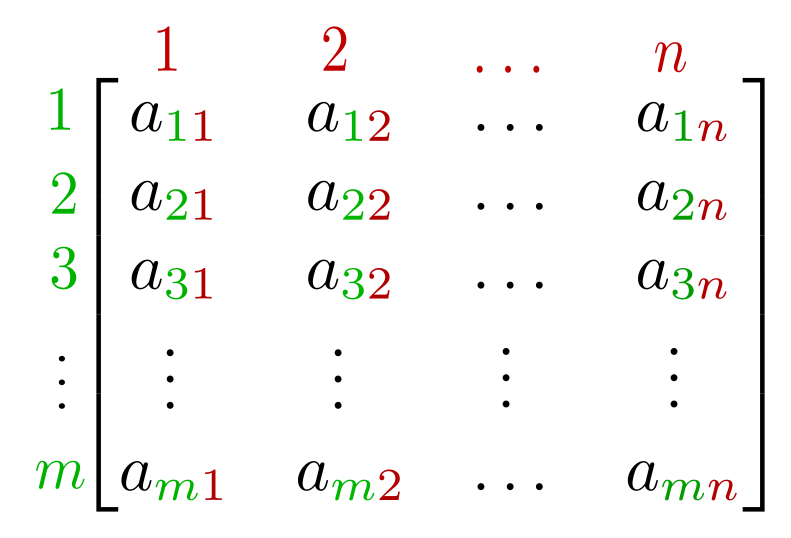The Inversion of GitHub Actions, or Tom Sawyer in Your CI Pipeline
The famous American writer Mark Twain, in his story about how Tom Sawyer made the boys paint the fence, showed the public how inversion of action works. Or the elaboration of negation, if you like to call it that.
But today we are interested in how to “make the machines under our control” think differently, because automation involves programming the behavior of machines, right? And scripts are all about the same thing. Let’s see it in this article.
How is it: to live with Kubernetes in production?
Kubernetes’ success is due in no small part to its flexibility and power as a container orchestration system. It can scale virtually indefinitely, providing the backbone for many of the world’s most popular online services. And as a proven open-source solution with a rich ecosystem, it’s easily accessible and simple to set up, whether for personal learning, development, or testing.
When it comes to deploying Kubernetes in production, however, things get a bit more complex. There are numerous aspects you need to consider that cover the full spectrum of critical success factors for an online application, including stability, security, and how you manage and monitor your application once it’s up and running. If you get any of these points wrong, it can be costly.
What are Kubernetes Services?
A Kubernetes service is a logical abstraction for a group of pods in a cluster (all performing the same function).
Since pods are ephemeral, a service enables a group of pods that provide certain functions (web services, image processing, etc.) to be assigned a name and a unique IP address (clusterIP). As long as the service uses this IP address, it does not change. Services also define policies for their access.
CircleCI – The Matrix
This series of posts will focus on some tips and tricks that you can, and should implement in your config files. First, we will cover the matrix. This post assumes you have the basics down about circle CI configs, i.e: you know what: job, step, parameter, etc. mean.
Battle-tested CircleCI tips and tricks
Hello, everyone! In this series of posts, I will cover a variety of topics that I think everyone who works with CircleCI (Circle) should know. For all the posts in this series, I’m assuming that the reader is familiar with the general concepts of CircleCI.
How to run your pods without turning gray
In development stages when we debug our Kubernetes deployments or playing with Helm charts we may get stuck with some strange errors.
Raising Spinnaker on Argo for Flux

As validated by this CD Foundation post – continuous deployment in cloud-native land is still not a solved problem. A number of tools exist, each covering a part of the terrain, each with its own quirks and idiosyncrasies.
This article won’t be a comparison of all the different tools out there. There are multiple sources for that online…
DevOps Shorts 001 – with Tobias Kunze of Glasnostic
I’m starting something new! And it’s a podcast of course. :))
DevOps Shorts is the show where we invite wonderful human beings to have a lightning-fast conversation about Devs, Ops and other Mythical Creatures. The show where each episode only lasts 15 minutes, and we are focused on asking only 3 questions. So it’s short and sweet? Why? Well, because if there’s one thing we know, it’s that great delivery comes in small batches.
DevOps Capability Self-Assessment

For the last 4 years I’ve been working with IT organizations – small and large – helping optimize the delivery processes, doing the ‘DevOps Transformation’. Collaborative IT work is challenging. The amount of software tools on the market – whether open-source or commercial – is overwhelming. Some companies start with restructuring their teams, others with modernizing the architecture. Most of them try to do both at the same time. And the outcomes are often mixed.
Book Review: “DevOps Paradox” by Viktor Farcic
I just finished reading the new book by Viktor Farcic called DevOps Paradox. It’s a departure from Victor’s previous writing which was mostly focused on DevOps tooling. In a way this book can be seen as an extension of his DevOps Paradox podcast.
Viktor is a notorious conference speaker and an all-round great communicator. And ‘DevOps Paradox’ is basically the outcome of him traveling around the world, catching the industry’s leading speakers, writers and thinkers, getting them into the corner and attacking them with uncomfortable questions.
With his main question being: “What the hell is DevOps?!”






